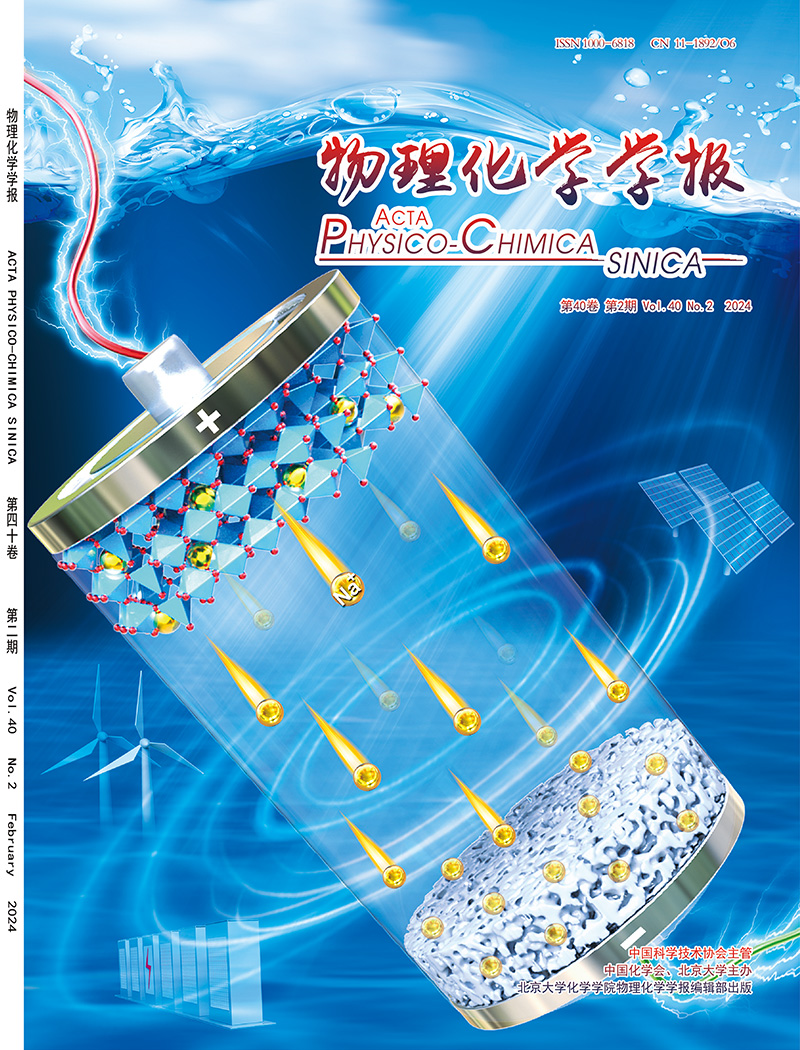Understanding solid-gas and solid-liquid interfaces through near ambient pressure X-ray photoelectron spectroscopy
IF 13.5
2区 化学
Q1 CHEMISTRY, PHYSICAL
引用次数: 0
Abstract
The surface of energy material is the direct place where energy storage and conversion reactions occur. Thus, the surface chemistry and the structure of the material under real reaction conditions are the key descriptors to clarify the reaction mechanism. However, such surfaces are usually immersed in gaseous or liquid environments under real reaction conditions, so it is not a simple task to identify the real physical and chemical properties of the interface under in situ conditions. X-ray photoelectron spectroscopy (XPS), as a surface-sensitive technique, is one of the main techniques for studying complex composition and electronic structure of material surfaces. However, due to the limited mean free path of photoelectrons in gas, liquid and solid media, the traditional XPS is confined to vacuum conditions, which poses a significant obstacle for studying solid-gas and solid-liquid interfaces under in situ conditions. With the introduction of differentially pumped analyzers and electrostatic lenses system, this limitation no longer restricts XPS only suitable for ultra-high vacuum conditions. With the active development of synchrotron radiation sources worldwide, near ambient pressure X-ray photoelectron spectroscopy (NAP-XPS) offers advanced features combined with the benefits of synchrotron radiation sources. Compared to traditional X-ray source, synchrotron radiation sources have significantly higher photon flux and much smaller spot size, which enables more electrons to escape to the electron analyzer, therefore can effectively improve the signal-to-noise ratio and the maximum working pressure, and the continuous wavelength tunability of synchrotron radiation makes experimental measurements more flexible and provides more information on the surface reaction. Over the years, NAP-XPS has rapidly emerged as an influential tool for investigating various solid-gas and solid-liquid interfaces, reflecting the importance of understanding reaction mechanisms and structure-performance relationship of materials under conditions closer to practical reacting conditions, particularly in heterogeneous catalysis. Information at atomic scale can be delivered with surface and interface sensitivity by NAP-XPS in conjunction with several advanced spectroscopy and microscopy techniques. In this paper, we provide a concise overview of recent notable advancements in NAP-XPS to showcase the novel insights generated by research on solid-gas and solid-liquid interfaces in cutting-edge scientific fields. This demonstrates how the knowledge gained from NAP-XPS studies can contribute to a fundamental understanding of reaction mechanisms at a molecular level. Finally, we discuss new challenges and prospects to ensure a comprehensive understanding of this technique and, hopefully, inspire fresh ideas.

通过近环境压力x射线光电子能谱了解固-气和固-液界面
能量材料的表面是能量储存和转化反应发生的直接场所。因此,真实反应条件下材料的表面化学和结构是阐明反应机理的关键描述符。然而,在真实的反应条件下,这些表面通常浸没在气体或液体环境中,因此在原位条件下识别界面的真实物理和化学性质并不是一项简单的任务。x射线光电子能谱(XPS)作为一种表面敏感技术,是研究材料表面复杂成分和电子结构的主要技术之一。然而,由于光电子在气体、液体和固体介质中的平均自由程有限,传统的XPS仅限于真空条件下,这对原位条件下研究固气和固液界面造成了很大的障碍。随着差分泵浦分析仪和静电透镜系统的引入,这一限制不再限制XPS只适用于超高真空条件。随着同步辐射源在世界范围内的积极发展,近环境压力x射线光电子能谱(NAP-XPS)提供了先进的功能与同步辐射源的优点相结合。与传统的x射线源相比,同步辐射源具有明显更高的光子通量和更小的光斑尺寸,这使得更多的电子能够逃逸到电子分析仪中,从而有效地提高了信噪比和最大工作压力,并且同步辐射的连续波长可调性使实验测量更加灵活,提供了更多的表面反应信息。多年来,NAP-XPS迅速成为研究各种固-气和固-液界面的重要工具,反映了在更接近实际反应条件下,特别是在多相催化中,理解反应机理和材料结构-性能关系的重要性。通过NAP-XPS结合几种先进的光谱学和显微镜技术,可以提供具有表面和界面灵敏度的原子尺度信息。在本文中,我们简要概述了NAP-XPS最近的显著进展,以展示在前沿科学领域对固气和固液界面的研究产生的新见解。这证明了从NAP-XPS研究中获得的知识如何有助于在分子水平上对反应机制的基本理解。最后,我们讨论了新的挑战和前景,以确保对该技术的全面理解,并希望能激发新的想法。
本文章由计算机程序翻译,如有差异,请以英文原文为准。
求助全文
约1分钟内获得全文
求助全文

 求助内容:
求助内容: 应助结果提醒方式:
应助结果提醒方式:


